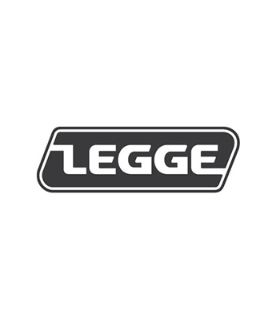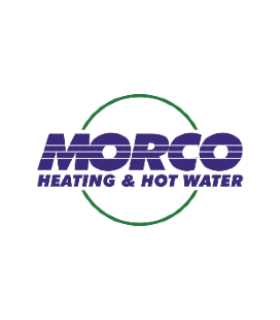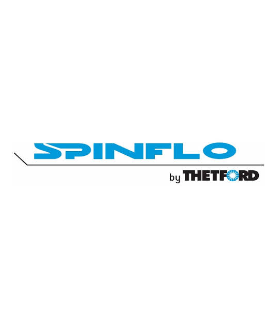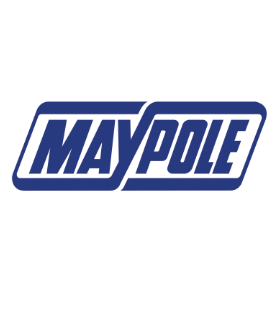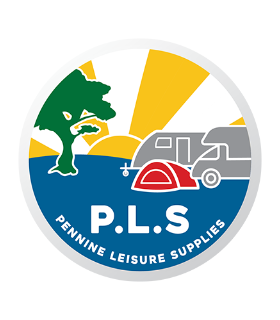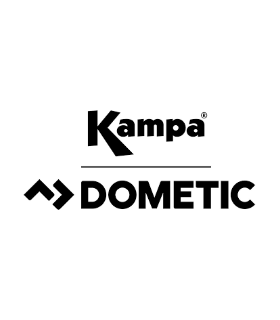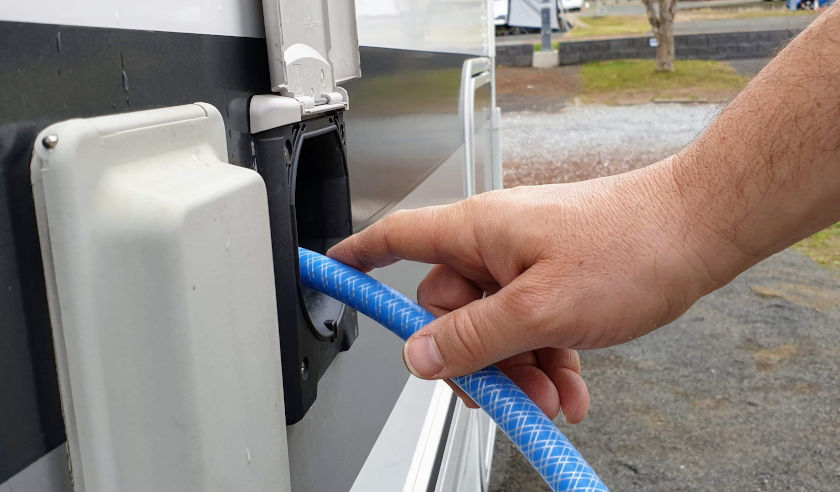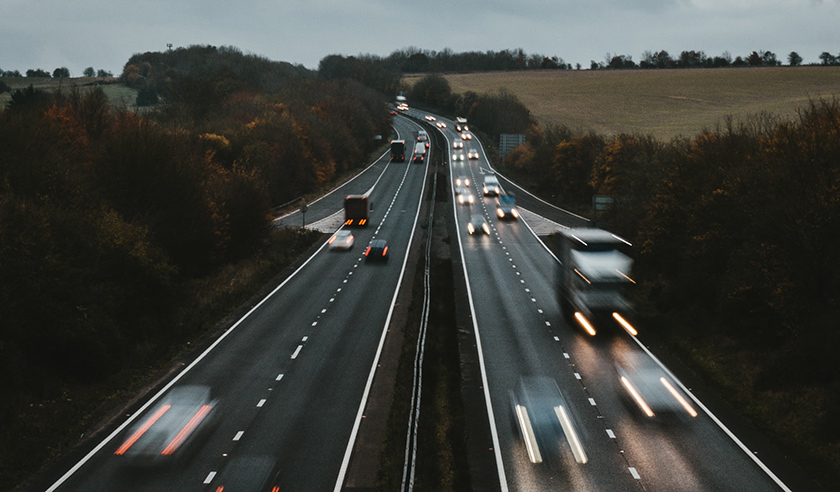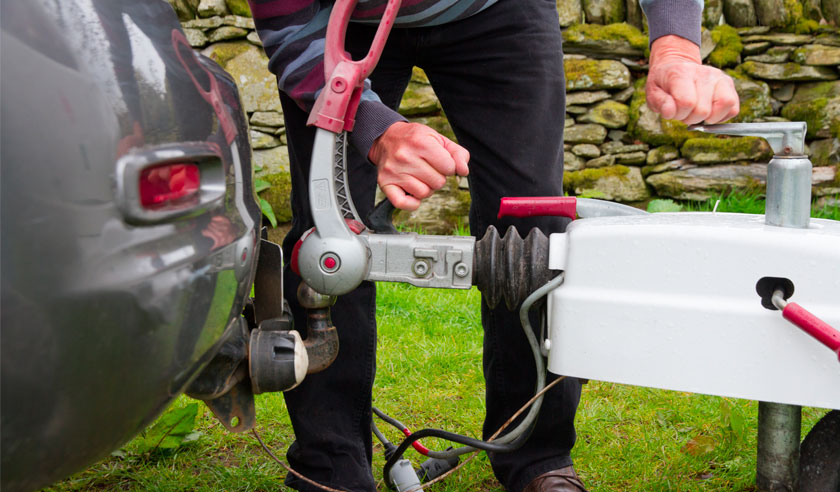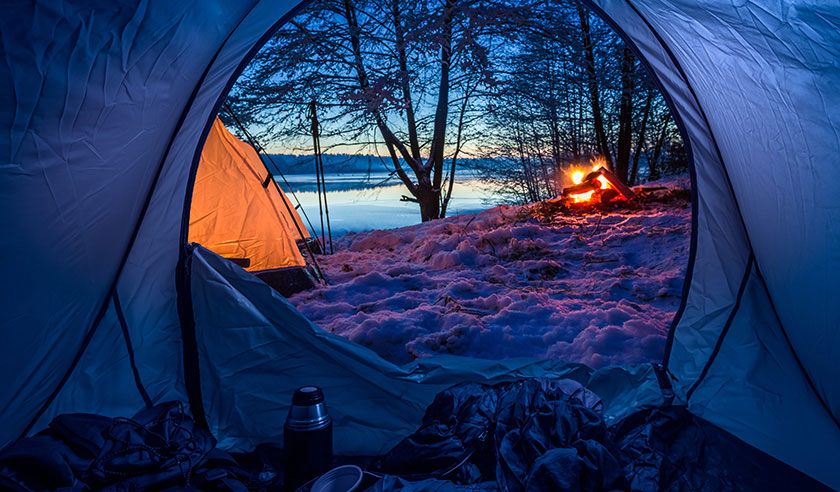There’s nothing worse than arriving at your holiday destination, setting up your caravan and then finding out that your tap isn’t working. Often, the problem will be to do with the tap, but sometimes it can be to do with your pump and water pipe. This useful guide explains the types of water pump available and looks at the most common issues that can occur. There are two main types of water pump:
Submersible water pumps
Most UK touring caravans have a submersible system, where the water pump drops into the Aquaroll. The water pipe connects to the water pump and a small 12V motor controls an impellor which forces water along the pipe into the caravan. At BEC Ingoldmells, we stock Whale submersible pumps which are capable of providing 9-10L of water per minute at 1 bar of pressure. Submersible water pumps need to be filled with water first (primed) and most are self-venting which allows trapped air to escape through a hole in the top. It is vital not to allow a submersible pump to run dry for more than a minute or so as the impellor is lubricated with water.
On-board diaphragm water pumps
Commonly found in motorhomes, a diaphragm water pump is permanently located inside the caravan or motorhome and is not submerged in the Aquaroll. A diaphragm pump has three or four chambers, each with individual inlet and outlet valves. A motor controls a piston attached to a rubber diaphragm which pulses across the chambers, sucking and expelling water into and out of the chambers. A water pipe is attached to the pump at one end, with the other end inserted into the Aquaroll. A diaphragm water pump is its own one-way valve, preventing water running back through the pump and so delivering good pressure at low flow rates. The Shurflo Trail King 7 Pump is available as a 20PSI or 30 PSI model, both providing automatic, on-demand freshwater.
Common problems with submersible water pumps
With a submersible pump, if your motor is working but there is no water coming from your taps, air bubbles may be trapped. Disconnect the pump from the inlet socket and give the submerged pump a little shake. This will help to release air bubbles, particularly in older models without an air release outlet moulded in the top of the casing.
Where your pump is functioning but you have very little water coming from taps etc., check the pump impellor is spinning consistently fast. Sluggish rotation may mean that debris such as hair has become caught round the spindle and needs to be removed.
Another cause of poor water flow is often where the supply pipe is restricted for example from kinks in the pipe. Tightening a hose clip around the kink may temporarily press the pipe back into shape but the pipe should be replaced.
Common problems with diaphragm water pumps
If your diaphragm water pump is loud, check that the mounting feet have not been screwed in place too tightly as this can cause the base to amplify the noise of the motor. Loosen the screws enough to reduce the compression of the rubber feet and this will lower the resonating sound.
When a diaphragm pump is not producing a smooth water flow, it will often be due to an irregular pulsing action. Fitting a surge damper vertically, with the connection at the bottom, will rectify this.
Irregular pump action can also be caused by a surge or fall in a leisure battery’s voltage level. Some diaphragm pumps incorporate a pressure switch alongside an adjustable sensitivity control that can be turned with a screwdriver.
At BEC Ingoldmells we stock a large selection of pumps, caravan water pump spares and accessories, hoses and fittings, filters and housings and water and waste rollers. We would recommend using only qualified tradespeople to carry out repairs on your water pump and to have a regular annual service; for help or advice on any water pump related issues, we can provide details of reputable and trusted professionals. Simply pop in to one of our shops, call us or email your enquiry.


